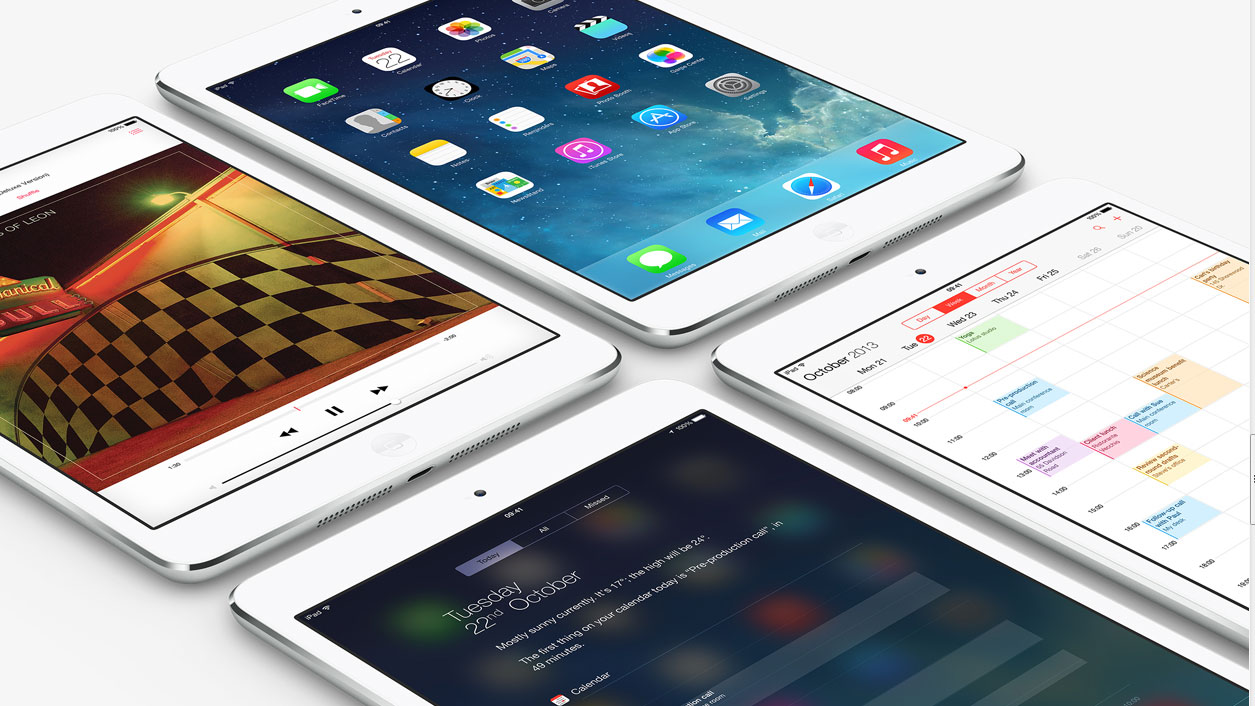Why you can trust TechRadar
Samsung Galaxy Tab S2 (8-inch)
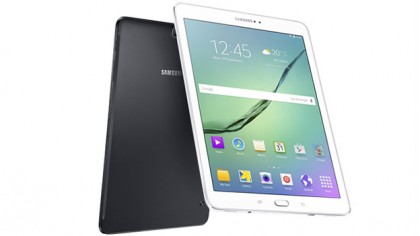
With the Google Nexus 7 now officially discontinued, the Galaxy Tab S2 is arguably the closest Android challenger to the iPad mini 2 in terms of size and price.
It's thinner than the iPad mini 2 (5.6mm vs 7.5mm), although sticks with the same 4:3 dimensions and indeed an identical 1,536 x 2,048 pixel resolution. The screen size is a shade bigger at a round eight inches.
The AMOLED screen looks nice and bright, and Samsung's usual excellence in the display manufacturing department is in evidence again here.
On the downside, the Galaxy Tab S2 has a terrible camera, and a battery life that's pretty underwhelming. Perhaps the biggest negative, however, is Android: it just doesn't work as well on a tablet as it does on a phone, and developers seem reluctant to optimize their apps for the larger screen sizes.
Considering that the iPad mini 2 is faster, has a better design and a richer and more robust apps catalog, and is significantly cheaper, it's still beating the best Android has to offer.
Amazon Fire HD 8
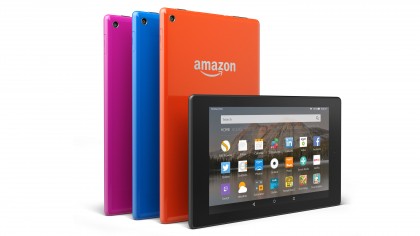
Amazon has bought out such a wide variety of tablets since the iPad mini 2 debuted, you'd be forgiven for not remembering them all – it's a sign that Apple has got its formula right while Jeff Bezos continues to experiment – but right now the Fire HD 8 is closest to the iPad mini 2 if you're thinking of making a purchase.
It's ridiculously cheap at £129.99/$149.99, but that ends up being its biggest plus point; otherwise it's a bit of a disappointment, unless you're a huge fan of Amazon's online content offerings.
The point I made earlier about a premium price being worth it for a premium experience really applies here: the Fire HD 8 has a low-res 800 x 1,280 screen, a maximum of 16GB internal space (although you can expand it via microSD card) and no cellular data option.
You don't even get the best of the Google Play Store, as Amazon offers its own app store instead, so apps is another area where the Amazon slate can't really compete.
The Fire HD 8 isn't available in Australia, but you can pick up the slightly smaller Fire HD 7 tablet for AU$179. Again, it's worth paying extra for the iPad mini 2.
iPad Air
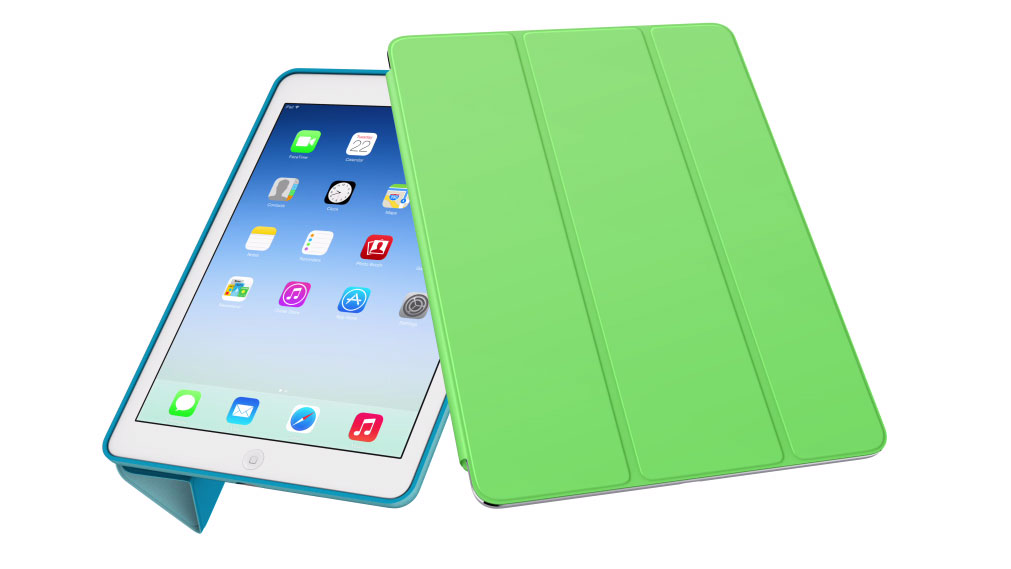
Strangely, Apple has made the biggest competitor to the iPad mini. You could argue that having two strong contenders and mostly just altering the screen size makes sense from a business perspective, but in reality the upgraded design of the Air starts to squeeze the relevance of the mini 2.
For not a lot more cash you can have the larger screen, which facilitates better typing, easier interaction with loads of apps and a longer-lasting battery.
You do lose a touch of screen sharpness and portability, but such is the lightness of the Air that I can't really call it non-portable in any way. It sits nicely in most bags, and just keeps on chugging in terms of battery life.
Apple really needed to keep the price point the same for the iPad mini 2 to differentiate better between these two products, because as it stands unless someone really had a problem with the larger screen I'd say they should definitely check out the Air first – after all, not much more money for a 1.8-inch jump in screen size is nothing to be sniffed at.
If money is no issue there's also the newer iPad Air 2 of course. It's significantly more expensive than the iPad mini 2, but packs in more power, a bigger screen and Touch ID.
iPad mini 4
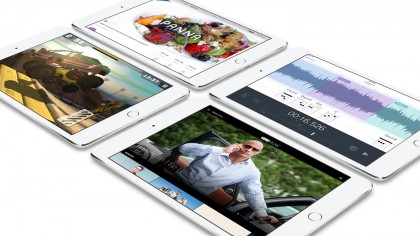
The iPad mini 4 is the tablet the mini 3 should have been, and the first real successor to the iPad mini 2.
A faster processor, Touch ID and a brilliant screen top the list of reasons to choose the mini 4 over the mini 2, but it also has a slimmer build, a better camera and comes in larger storage sizes.
Of course the iPad mini 4 is also the more expensive of the two tablets, starting at £319/$399/AU$569 and it's still not quite as powerful as the iPad Air 2, let alone the iPad Pro.
The iPad mini 2 is arguably the better value of these two tiny tablets, but if money is no object the iPad mini 4 is the better option, and will likely remain the best small slate around until the iPad mini 5 lands.

Gareth has been part of the consumer technology world in a career spanning three decades. He started life as a staff writer on the fledgling TechRadar, and has grew with the site (primarily as phones, tablets and wearables editor) until becoming Global Editor in Chief in 2018. Gareth has written over 4,000 articles for TechRadar, has contributed expert insight to a number of other publications, chaired panels on zeitgeist technologies, presented at the Gadget Show Live as well as representing the brand on TV and radio for multiple channels including Sky, BBC, ITV and Al-Jazeera. Passionate about fitness, he can bore anyone rigid about stress management, sleep tracking, heart rate variance as well as bemoaning something about the latest iPhone, Galaxy or OLED TV.
